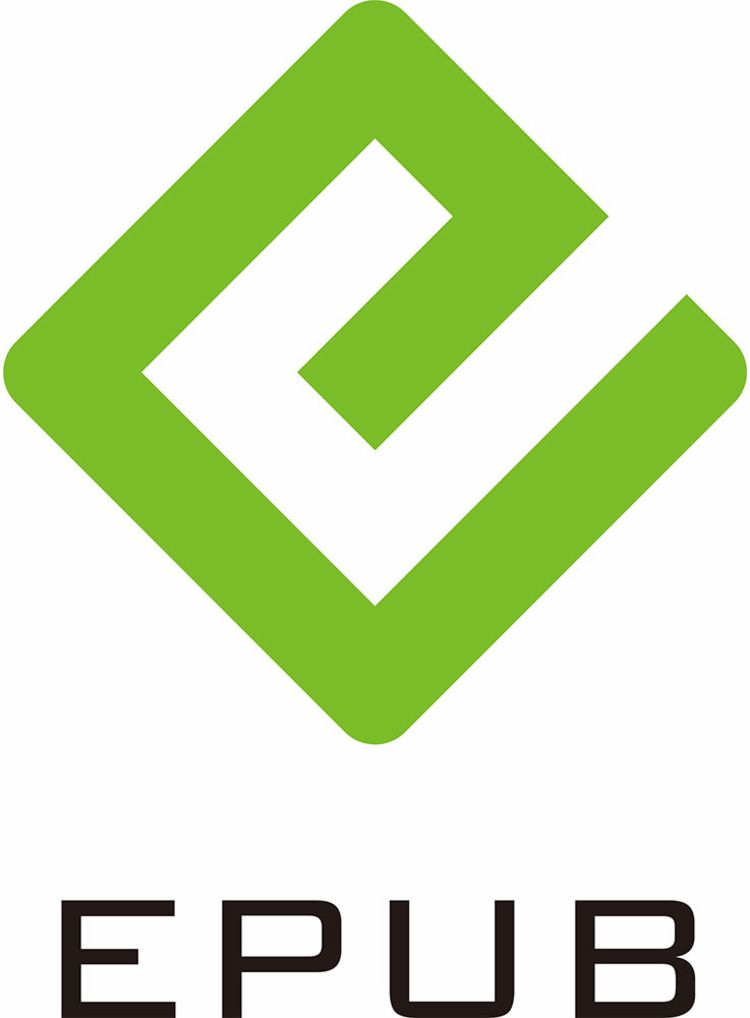Making digital journals and books more accessible with EPUB
by Stacy Scott and Brianna Walker

The digital revolution was supposed to make it easier for the one billion people with disabilities and impairments to access information.
Unfortunately, that's not always the case.
In a 2021 article for the Assistive Technology journal, author Fernando Botelho, an assistive technology specialist at UNICEF, highlights how people with disabilities still encounter many obstacles using online services.
These include academic services. This 2022 study published in the Journal of Electronic Resources Librarianship found that most academic library websites have issues with accessibility.
We're committed to providing an inclusive experience for all our readers, regardless of ability. One of the steps we've taken to make our books and journals more accessible is to publish them in the EPUB file format.
To mark this year's Global Accessibility Awareness Day (GAAD) on 19 May, we're highlighting the benefits of EPUB file formats for accessible publishing across our digital book and journal products.
We look at what an EPUB file is and why they're so important for accessibility. We also highlight other actions we're taking to make our content more accessible.
What is EPUB?
EPUB is a digital publishing file format, which you can use to read content on a device such as a computer or a smartphone. It uses the file extension .epub.
It's the industry-standard ebook file format and was originally created by the International Digital Publishing Forum (IDPF).
Opening EPUB files
Some devices include pre-installed apps that will open EPUB files automatically, and many eBook sellers enable EPUB access on their reading platforms.
In some cases, you’ll need to download an app or install a browser extension such as EPUB Reader (for the Chrome browser) or Calibre (for Windows). Taylor & Francis uses Thorium Reader to review our ePub content.
Many EPUB readers are free.

Advantages of EPUB for accessibility
EPUB is the most accessible format for digital content – for everyone, not just those who cannot easily read text on screens or printed media.
Because it's a digital-native format, it's specifically designed to be read on-screen, unlike PDF (portable document format) which was originally intended for print.
Advantages over HTML
The main advantage of EPUB over HTML is that files can be downloaded, shared, and accessed offline on all devices, including smartphones, tablets, e-readers, and desktop PCs.
EPUB files also retain book or journal elements, such as page numbers, headings, and columns. These aren't included on most HTML pages.
Advantages over PDF
The main advantage of EPUB over PDF is that it uses structured markup of titles, headings, links, notes, tables, and more, which allows digital text to speech and screen reading software to function effectively.
EPUB files also provide an optimal experience for users across all devices, as text size and page layouts are adjustable. This allows users to personalize their reading experience to suit their preferences. EPUB files allow linked navigation, multimedia content, and videos too.
EPUB files are up to 90% smaller than PDF files meaning faster download times and more efficient data usage for mobile users.

A brief history of EPUB
Technology is rapidly changing, and the file formats we use today to publish content digitally are completely different from those we published 20+ years ago.
Taylor & Francis began investigating digital publishing in the early 1990s. Our first digital publications revolved around journal products, which we offered online as HTML web pages for the first time in 1996, and eBooks in PDF form, which we began producing in the early 2000s.
The forerunner to EPUB was Open eBook Publication Structure (OEBPS). This was developed as an open-source project in the late 1990s and early 2000s.
The EPUB 2 file format was released in 2007. We began producing EPUB 2 files for the first time across our eBook catalog shortly after this.
We switched to the more accessible EPUB 3 format for all new eBook conversions in 2017 and started offering more recent journal articles in the EPUB 3 format in 2021.
All of our new eBooks are now available as EPUB 3 and PDF files. More than 360,000 journal articles published since 2019 are available as HTML web pages, PDFs, and EPUB 3 files on our journal platform.
We've published more than 160,000 eBooks in varying formats, including PDF, EPUB 2, and EPUB 3.
We began a long-term project in 2022 to upgrade more than 65,000 EPUB 2 eBooks into EPUB 3, to improve the structural integrity and navigation of these files, with accessibility in mind. As of June 2023, more than 30,000 of these titles have been completed.

Improving accessibility with alternative text for images
In addition to our work with EPUB, we're also making our digital content more accessible by writing and adding alternative text (also known as alt text) to images. This is a written description of an image, which users can access to make sense of the image if they can't view it.
We introduced alternative text into our eBook workflows in 2020 and more than 800 titles have been published with alternative text so far. Long descriptions are supplied where necessary, for more complex images. Several key journal products have started integrating alternative text as well.
As part of this project, we launched a website for authors. This contains a guide to writing alternative text, as well as several example images, grouped by subject category. This site supports authors and contributors with the submission of alternative text for images with their final manuscripts and is meant to be used alongside the existing Books Publishing Guidelines.

About the authors
Brianna Walker is the Head of Content Management for Books at Taylor & Francis, overseeing print and eBook conversions and metadata standards.

She was instrumental in launching the Taylor & Francis Accessibility Working Group in 2019 and under her leadership, Taylor & Francis won the 2021 International Excellence Award for Accessible Publishing, which is sponsored by WIPO’s Accessible Books Consortium.
Brianna is driven to provide the most inclusive reading experience and access to knowledge for all readers and aims to inspire others to do the same. She is a member of the UK Publishers Association Accessibility Action Group and has more than a decade of experience working in print and digital publishing.
Stacy Scott is the Accessibility Manager at Taylor & Francis. She’s responsible for building and maintaining accessibility across all Taylor & Francis platforms and content, and ensuring the organization's accessibility knowledge remains current and compliant.

Her role includes working with other publishers, vendors, platform providers, staff, and customers to ensure an inclusive experience for all.
A thought leader in accessibility and publishing, Stacy frequently presents at conferences, panels, and events. She is the Chair of the Accessibility Action Group for the UK Publishers Association and has recently become a member of the Learned Publishing board for the Association of Learned, Professional and Society Publishers (ALPSP).
Until recently, Stacy led the RNIB Bookshare UK Education Collection service, which provides nearly 800,000 accessible digital educational materials to learners with print disabilities. In professional and voluntary roles, Stacy undertakes substantial work advocating for access to inclusion and equality in education for those with sight loss and other print disabilities.
You might also like:
Social justice and sustainability
Find out about the content we publish, commitments we've made, and initiatives we support related to social justice and sustainability:
 China
China Africa
Africa
